How to count numbers, Japanese way
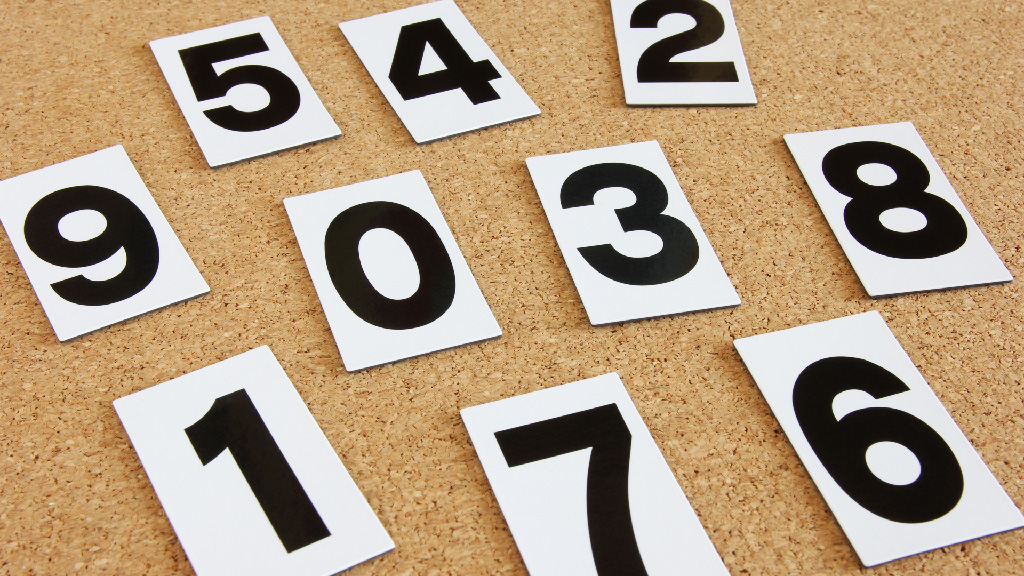
This post is also available in 日本語
In Japan, when you count something, it needs to be added to “counter words”. There seem to have more than a few hundreds of counter words, which are selected based on the things you want to count. Please allow us to introduce how to use some counter words here.
Contents
Basic ways to read and ask how to count
Basically, you simply add a counter word after the basic way to count numbers. Here is the standard way of counting numbers.
One/ ichi, Two/ni, Three/san, Four/yon, Five/go, Six/roku, Seven/nana, Eight/hachi, Nine/kyu and Ten/ jyu
When you ask numbers, you need to add “Nan” prior to counter words.
The appropriate way of counting numbers depends on the shape and characteristics.
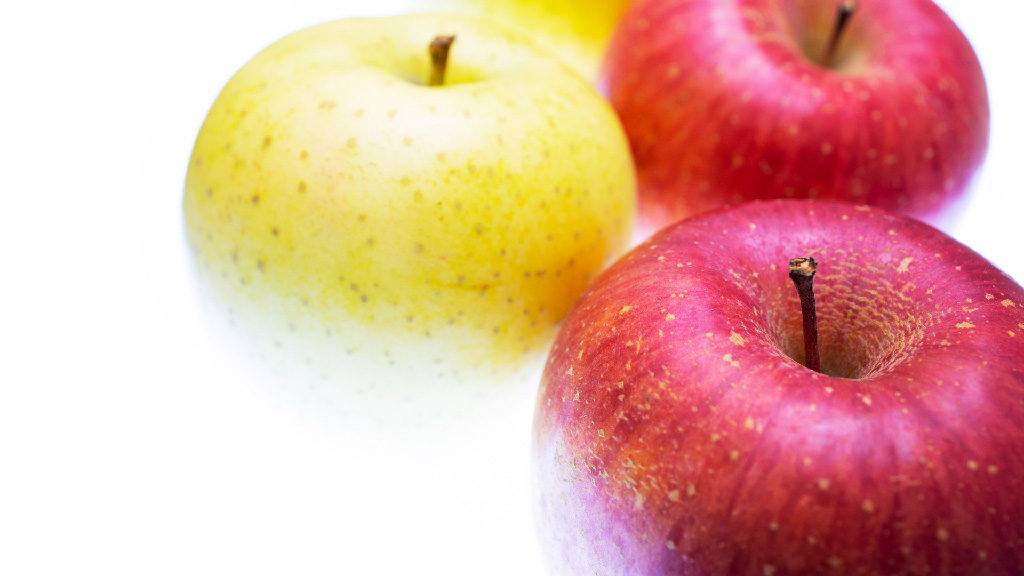
For example, there are different ways of counting numbers for apples, depending on the status of counting.
You can count “hitotsu” or “ikko” for an apple. However, you count “hitokire” for a slice of apples. You say “hitoyama” for a pile of apples on the counter in grocery stores. You use “hitofukuro” for a bag of apples and “hitohako” for a box of apples.
It may be easier if you memorize the meaning of the counter words because the counter words literally indicate the shape and characteristics of the things you want to count.
Common counting words
Mai
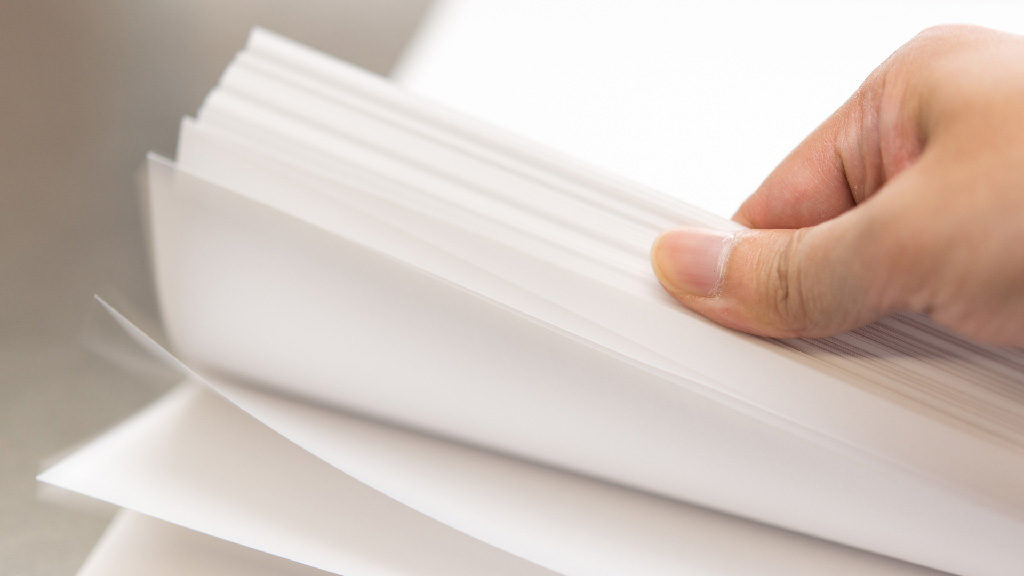
“Mai” is used when counted for thin materials. For the case of using “Mai”, you can count and ask in a regular way.
For example, they are like papers, CDs, shirts, Towels, Sheets of seaweed, Dishes, curtains, floor sheets, paper-covered sliding doors and Tatami mats.
How to count: “ichi-mai /1”, “ni-mai/2”, “san-mai/3”, “yon-mai/4”, “go-mai/5”, “roku-mai/6”, “nana-mai/7”, “hachi-mai /8”, “kyu-mai/9”, “ jyu-mai/10” and “Nan-mai?/How many? ”
Ko/Tsu
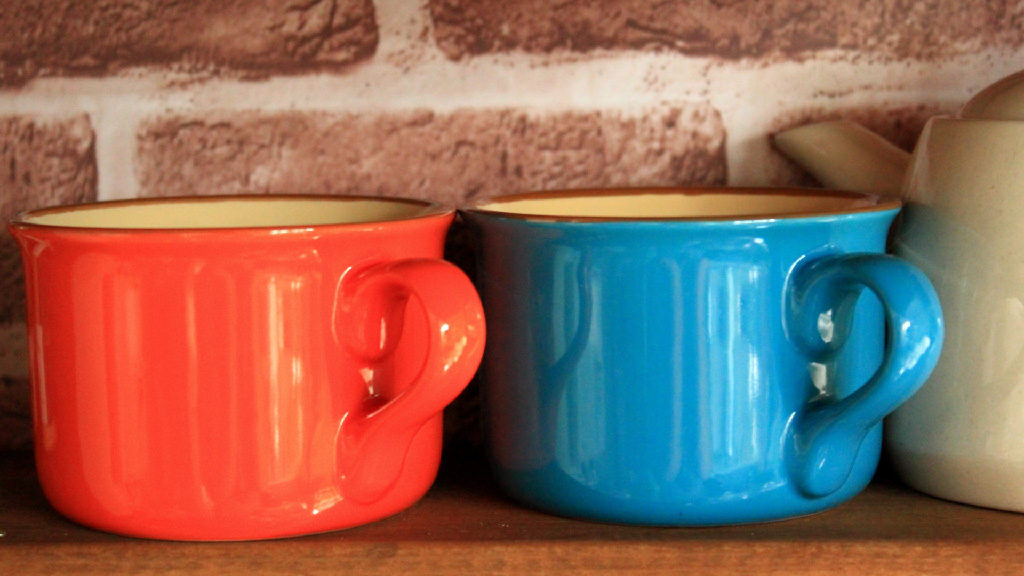
“Ko” or “Tsu” is used when counted for something small. “Ko” can be counted differently for some occasions. Usage of “Tsu” can vary a lot.
For example, they are like erasers, tape measures, accessories, hats, apples, cakes, cups, trash cans, balls, and stars. “Tsu” can’t be used more than 11. In addition, ten is “tou” no addition of “Tsu”. “Tsu” can be used not only for things but also for kid’s ages and orders.
How to count for “Ko”: “ikko/1”, “niko/2”, “sanko/3”, “yonko/4”, “goko/5”, “rokko/6”, “nanako/7”, “hakko/8”, “kyuko/9”, “jyukko/10” and “nanko?/how many?”
How to count for “Tsu”: “hitotsu/1”, “futatsu/2”, “mittsu/3”, “yottsu/4”, “itsutsu/5”, “muttsu/6”, “nanatsu/7”, “yattsu/8”, “kokonotsu/9”, “tou/10” and “ikutsu?/ how many?”
Ri/Nin

“Ri/Nin” is used for counting the number of people. It changes drastically for some occasions.
How to count: “hitori/1”, “futari/2”, “sannin/3”, “yonin/4”, “gonin/5” and “nannin?/ how many?”
Hon
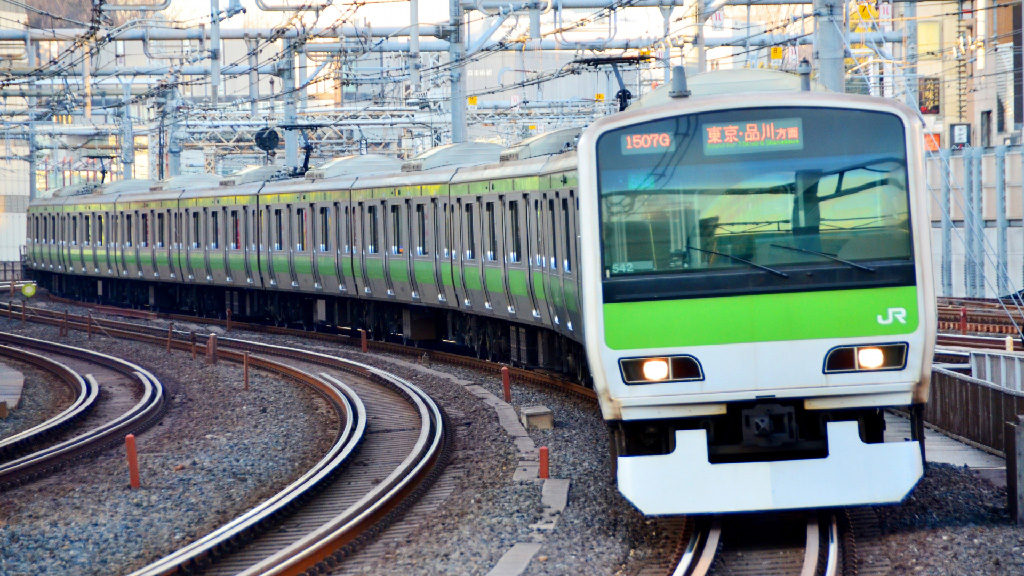
“Hon” is used when you count something long. Also, “Hon” is used for counting the number of trains, homeruns, movies and games. How to count “Hon” also changes for some occasions.
For examples, they are like pencils, screw drivers, umbrellas, flowers, ties, carrots, pet bottles, teeth, tires and bridges.
How to count: “ippon/1”, “nihon/2”, “sanbon/3”, “yonhon/4”, “gohon/5”, “roppon/6”, “nanahon/7”, “happon/8”, “kyuhon/9”, “jyuppon/10” and “nanbon?/how many?”



Others
| Chaku | Clothes |
| Soku | Shoes, socks (One for the pair) |
| Hai | Water or drinks in a cup or bucket, Squids and octopuses, Special ships |
| Shina/Hin | Kinds of dishes |
| Sara | Food on the plate |
| Kire | A piece of cut food |
| Shoku/Ninmae | The amount of food for one person |
| Kan | Sushi |
| Chou | Tofu |
| Hiki | Animals, fish and insects |
| Tou | Large animals |
| Wa | Birds |
| Ken | Buildings |
| Kai | Storeys of buildings |
| Kyaku | A piece of furniture with legs (desks and chairs) |
| Satsu | Books, magazines, bound volumes |
| Bu | Copies (of a newspaper, magazine) |
| Tsu | Letters |
| Kumi | One group of things with the certain number. Couple, cards, classes at school |
| Dai | Vehicles, Appliances |
| Ryou | Cargos |
| Sai | Age |
| Kai | The number of turns |
| Do | The number of turns, temperature |
| Ban | Turns, matches, games |
| Hou | Packets (of powder) |
| Jyou | Tablets, capsules |
- If You Wonder What Should Give a Gift, This Is the Best Choice! Cool Packaged Handkerchiefs!
- Apply on UV Cream Without Getting Your Hands Dirty! Why not Have This Handy Puff?
- So Popular Character “Chiikawa” Cheers You Up! Improve Your Arched Back!
- If You Want to Improve Your Sleep Quality, You Should Change Your Pajamas! 3 Recommended Pajamas
- Conveniently 2-Way! This Product Is Useful in Both Summer and Winter.









